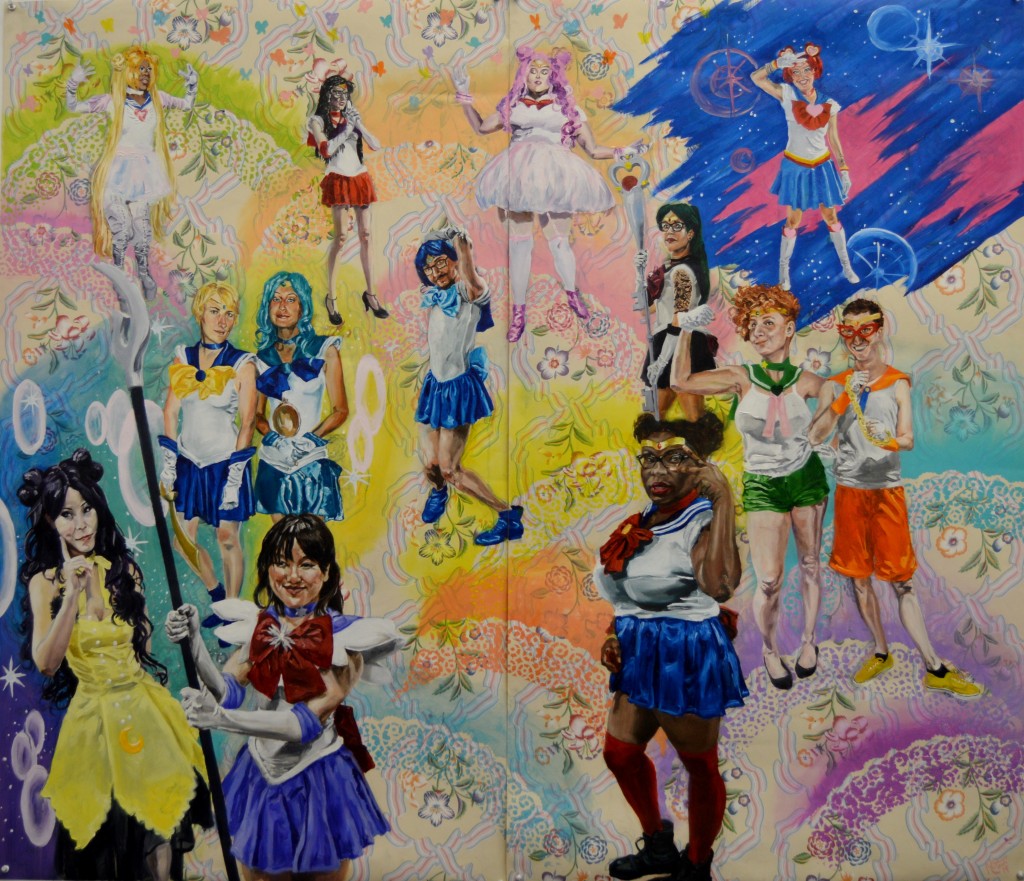Madelyn Covey
Madelyn Covey is an Oakland/Emeryville based artist working in painting, drawing, video, and textiles. She also enjoys riding her bike, playing ukulele, and nerding out about pop culture. She received her MFA from Mills College in 2012, and currently works at Creative Growth Art Center.
contact: madypants@gmail.com
